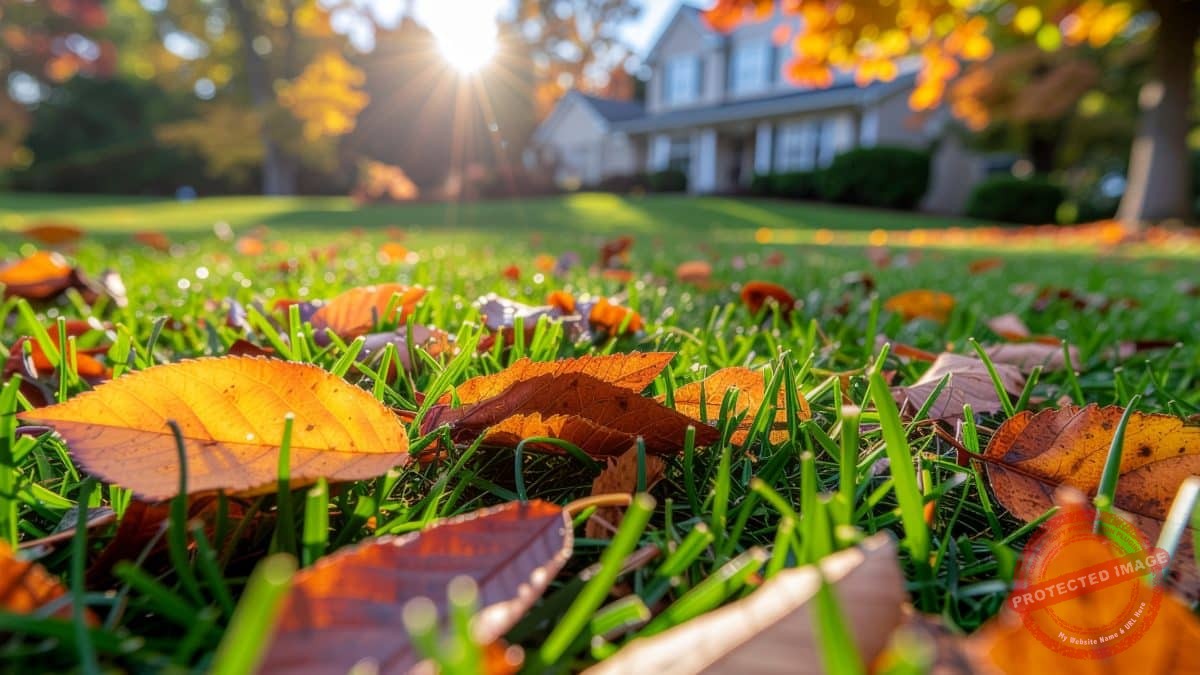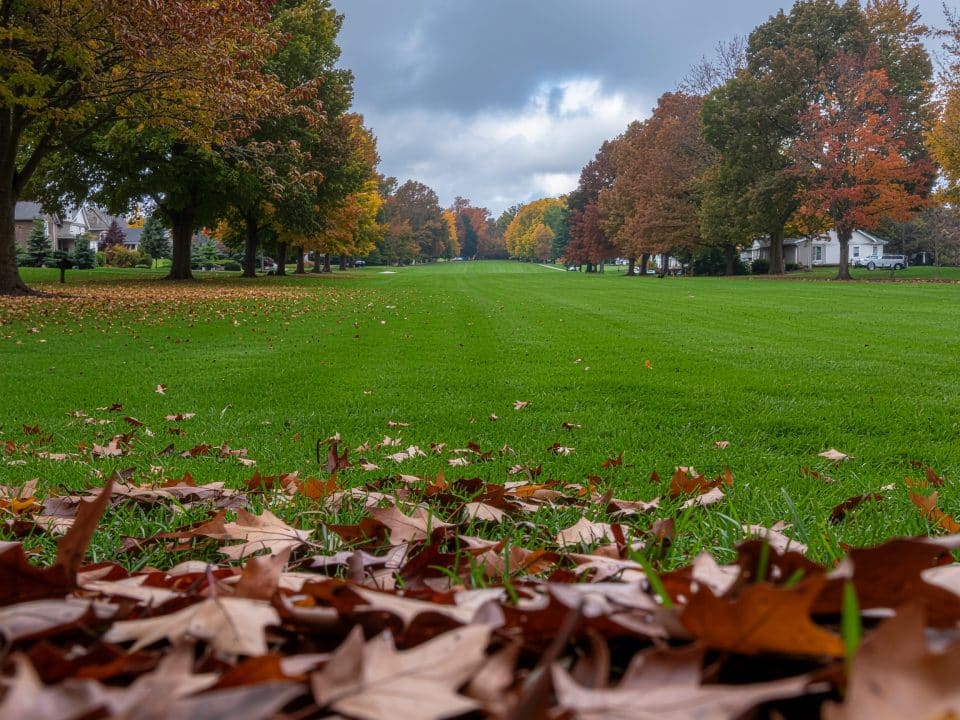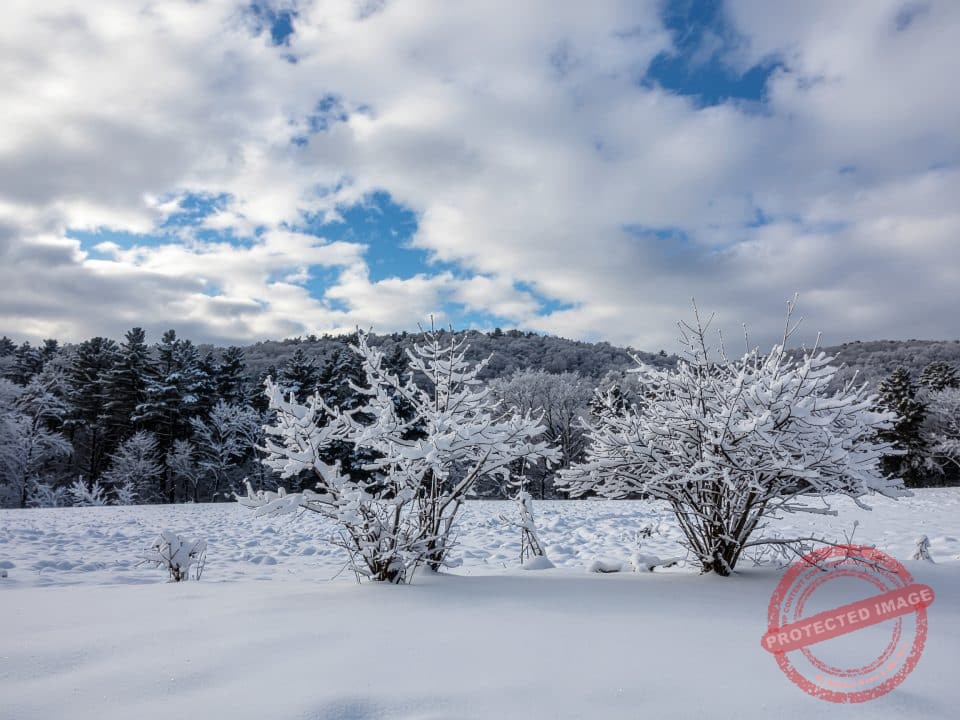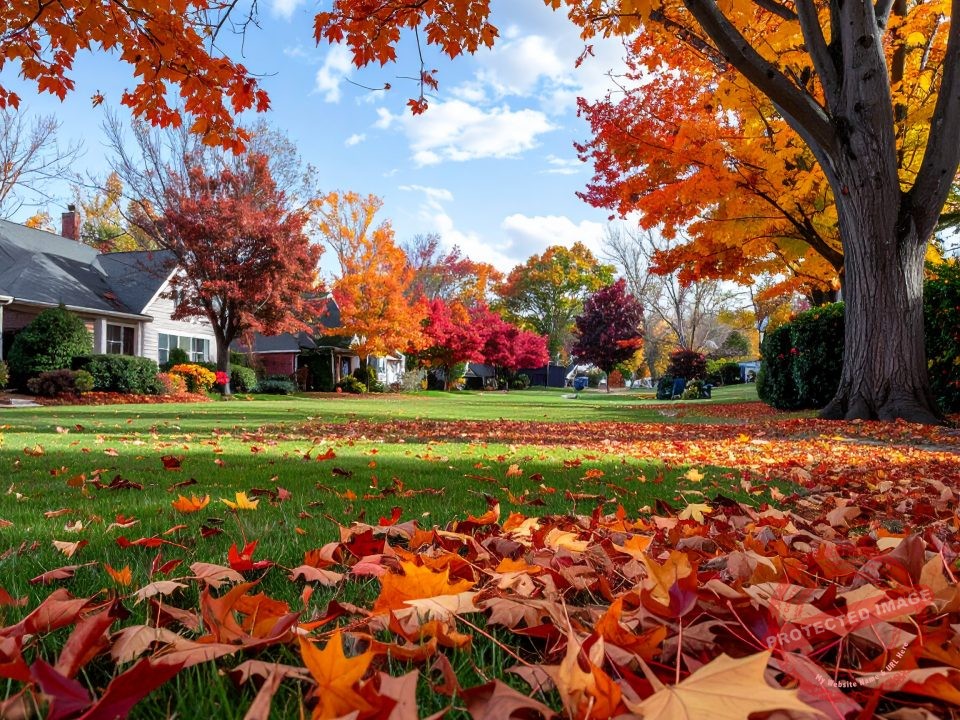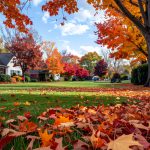
Fall Lawn Seeding Tips for Ohio
August 23, 2025
Preparing Trees and Shrubs for Winter in Central Ohio
September 26, 2025Fall Grub Prevention Strategies for Ohio Lawns
Grub prevention Ohio is essential for maintaining a healthy, vibrant lawn as we head into fall. In Ohio’s variable climate, grubs—those pesky larvae of beetles like Japanese beetles—can wreak havoc on your grass roots if left unchecked. At Bio Green Ohio, we specialize in natural solutions to protect your yard without harsh chemicals. Whether you’re in Dublin or elsewhere in Central Ohio, implementing timely grub prevention strategies can save you from costly repairs come spring. In this guide, we’ll cover effective methods, timing, and tips tailored to Ohio lawns.
For those searching for organic options, our natural approaches provide similar benefits through eco-friendly ingredients that nourish your soil and deter pests safely.
What Are Grubs and Why Do They Threaten Ohio Lawns?
Grubs are the white, C-shaped larvae that live just below the soil surface, feeding on grass roots. In Ohio, common species include Japanese beetle grubs and European chafer grubs, which thrive in our moist, temperate conditions. Signs of infestation include wilting grass, brown patches, and turf that lifts easily like a carpet—often attracting animals like skunks or birds that dig for them.
Fall is a critical time for grub prevention in Ohio because that’s when adult beetles lay eggs, and young grubs begin feeding voraciously before winter dormancy. According to Ohio State University’s Extension service, grubs can destroy up to 50% of a lawn’s root system if populations exceed 10-15 per square foot. Early intervention with natural methods can prevent this damage, promoting stronger root growth for winter resilience.
When Is the Best Time for Grub Prevention Ohio?
Timing is everything for effective grub prevention. In Ohio, the ideal window is late summer to early fall—typically August through mid-October—when grubs are small and most vulnerable. Monitor soil temperatures; grubs are active when it’s above 50°F.
- Start scouting in late July by digging small sections of turf.
- Apply treatments in September for peak efficacy, as cooler weather slows grub activity but doesn’t eliminate the threat.
- Avoid spring applications if possible, as mature grubs are harder to control.
Pairing grub prevention with other fall tasks, like aeration, enhances results by allowing treatments to penetrate deeper into the soil.
How Can You Implement Natural Grub Prevention Strategies?
Natural grub prevention Ohio focuses on building lawn health to deter pests organically—without relying on synthetic pesticides. Here are proven steps:
- Soil Testing and Amendment: Test your soil pH (aim for 6.0-7.0) and add natural amendments like compost to improve drainage and root strength. Healthy soil naturally resists grub infestations.
- Beneficial Nematodes: Introduce microscopic worms that parasitize grubs. Apply them in early fall on moist soil for best results—they’re safe for pets, kids, and beneficial insects.
- Milky Spore Application: This natural bacterium targets Japanese beetle grubs specifically. Spread it in fall; it builds up in the soil over time for long-term control.
- Proper Mowing and Watering: Keep grass at 3-4 inches to encourage deep roots. Water deeply but infrequently to avoid soggy conditions that attract egg-laying beetles.
- Plant Resistant Grass Varieties: For new seeding, choose endophyte-enhanced fescues or ryegrasses that naturally repel grubs.
At Bio Green Ohio, our grub control services incorporate these natural methods, customized for your yard. Residents in areas like Dublin, Ohio, have seen remarkable improvements in lawn resilience.
For more detailed guidance on Ohio-specific pests, check out the Ohio State University Extension resources—they offer free fact sheets on integrated pest management.
What Are the Long-Term Benefits of Fall Grub Prevention?
Investing in grub prevention Ohio now pays off year-round. A grub-free lawn in fall leads to thicker turf in spring, reducing weed invasion and erosion. Natural methods also enhance soil biodiversity, supporting pollinators and overall ecosystem health.
Plus, preventing grubs minimizes secondary issues like animal damage or fungal diseases in weakened grass. Over time, you’ll spend less on repairs and enjoy a lush, green yard that’s safe for family gatherings.
Ready to Protect Your Lawn This Fall?
Don’t let grubs undermine your Ohio lawn—act now with proactive grub prevention. Contact Bio Green Ohio today for a free quote on our natural services. Whether you need targeted treatments or full lawn care, we’re here to help your yard thrive.

